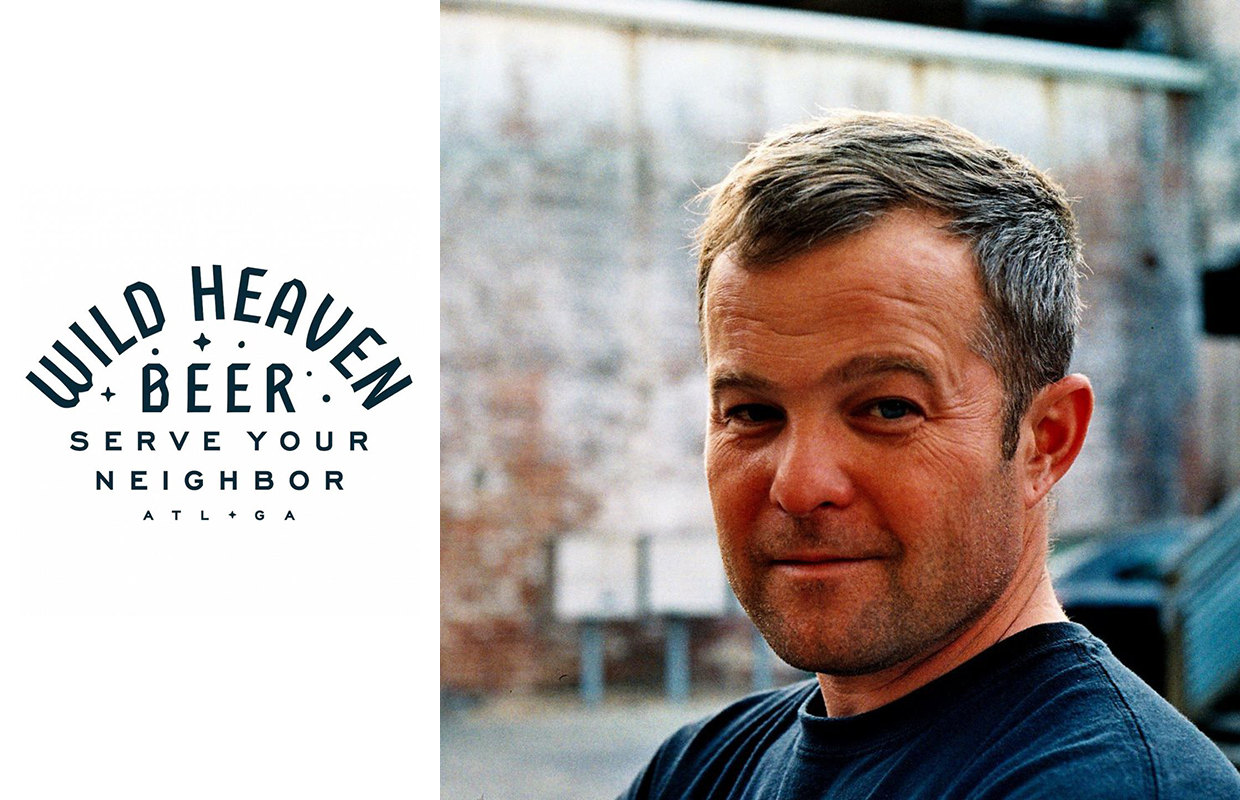
Keith Lewis and his TUPPS Brewery team are currently looking for more production space to take advantage of market demand. This includes tank space as well as storage.
What he is finding out is that flexibility is key.
”We need the ability to stay at our current location, at an affordable rate, or relocate within a reasonable notice to a larger space that maintains the current vibe and feel,” he said.
Cost is always a key driver. However, Lewis said maintaining or advancing the look and feel of the McKinney, Texas brewery is critical.
“We have a very robust taproom, and we are looking for ways to enhance the experience, the physical location, or the service we offer,” he said. The brewery is currently located in a 1950s steel building but has been customized with ‘blood, sweat, and tears’ to make it as cool as possible, he added.
Growth and the physical needs associated with it happened already for Smartmouth Brewing.
Almost two years ago the Norfolk, Virginia brewery opened up its second brewery 20 miles from its original location.
The reason for the need of a switch was because the original location was designed around a distribution sales model, said Smartmouth president Porter Hardy, IV.
“When we signed our lease and began construction in 2011, you couldn’t sell beer directly to consumers in a tasting room,” he explained. “Luckily, the law changed in 2012 — just a couple of months before we opened the brewery. As we grew, however, we saw the need for a second facility that was more oriented towards the tasting room and private events.”
This also gave Smartmouth the chance to install a smaller brewhouse for experimental, non-distributed beers.
The key factors in searching for a second spot were location; a stylish building; parking and a building that could be converted so that the brewery could host private parties and be open to the public at the same time.
What Hardy and his team ended up with was an old post office that was retrofitted to all the brewery’s needs.
“We never considered leaving our home region,” Hardy said. “We wanted to deepen our roots in Coastal Virginia, not expand out to a new market.”
Santa Monica Brew Works wasn’t timid from the outset. Scott Francis explained that the brewery’s original space was bigger than needed at 9,300 sq. ft. and the brewery was able to negotiate first rights to an additional 4,300 sq. ft. on the other side of the facility’s back wall, which they ended up taking after the first two years in operation.
“The initial focus was on making sure that our brew floor was big enough for us to grow,” Francis, the brewery’s CEO and president said. “We simply added tanks as needed.
“However, I was surprised at how much storage space we needed for kegs, grain, and refrigeration. Luckily, we were able to take an additional 20,000 sq. ft. next door, which we plan to build out and utilize sometime next year.”
From the start, Santa Monica Brew Works decided that it was going to be authentic in growth and grow in the spot they started at.
“If we were going to be called Santa Monica Brew Works, we had to brew in Santa Monica,” Francis said. “With that decision came the inability to shop for price — it was all about location for us. Needless to say, it’s worked out well.”




Be the first to comment